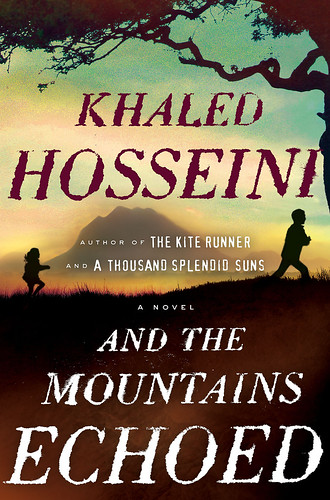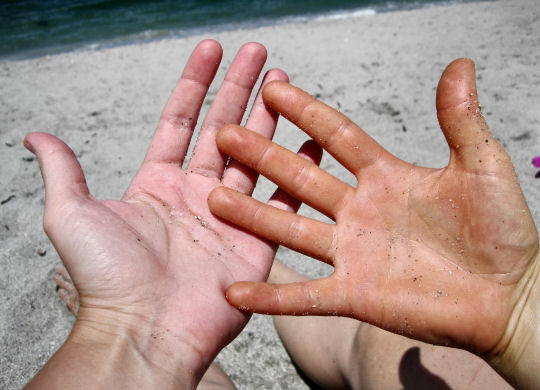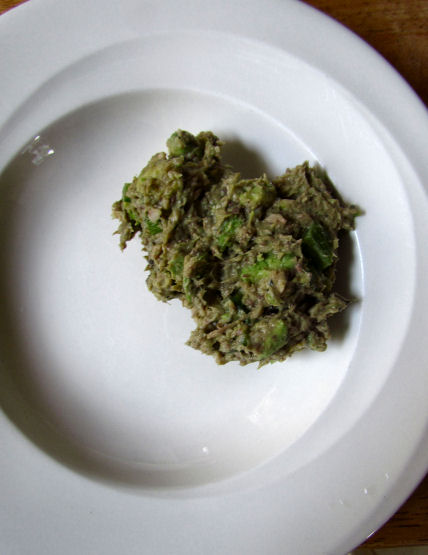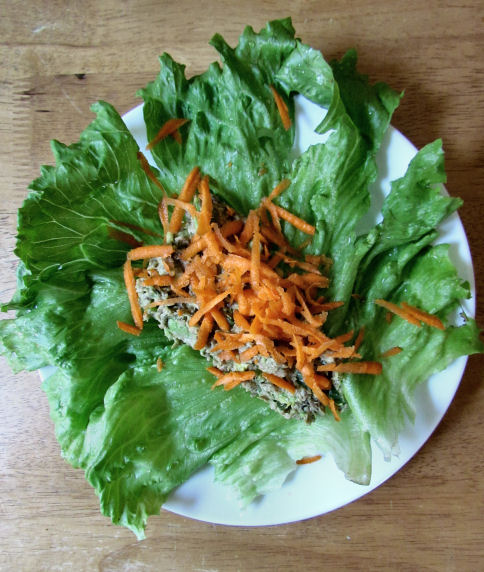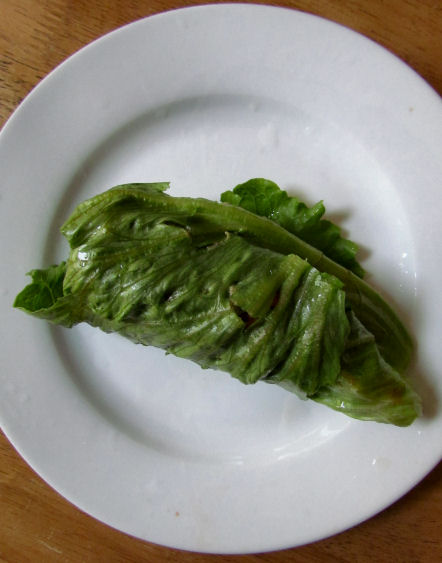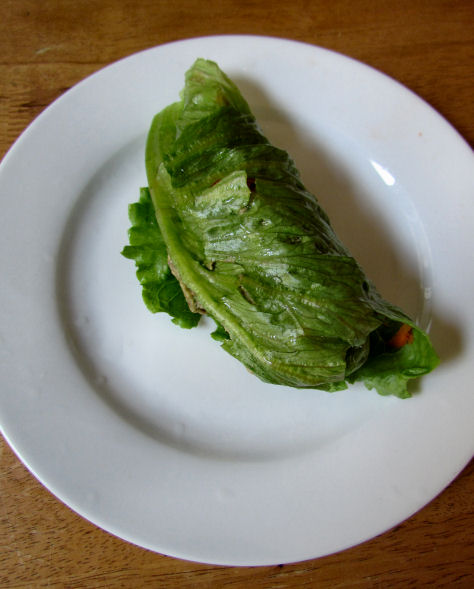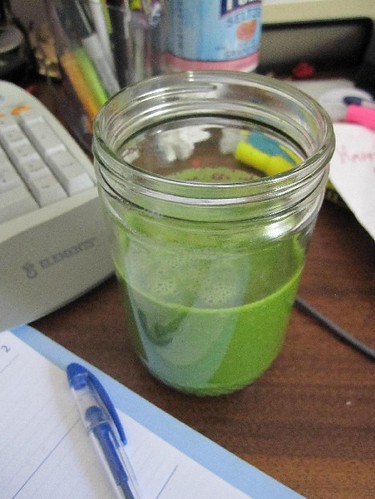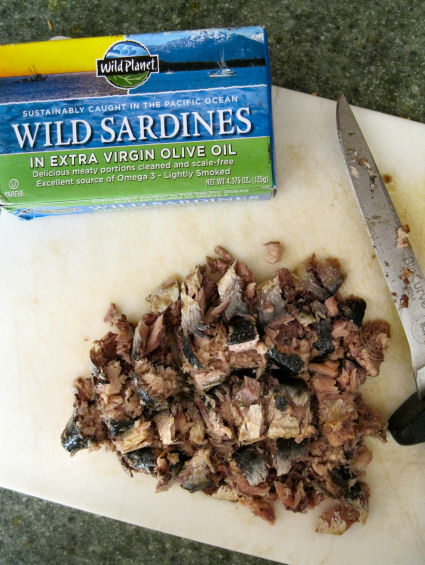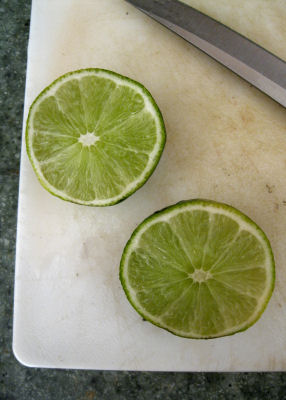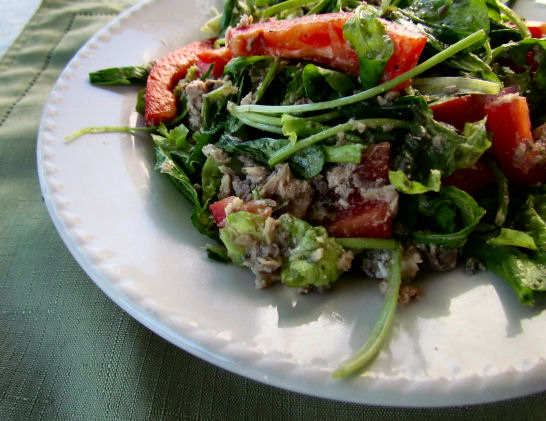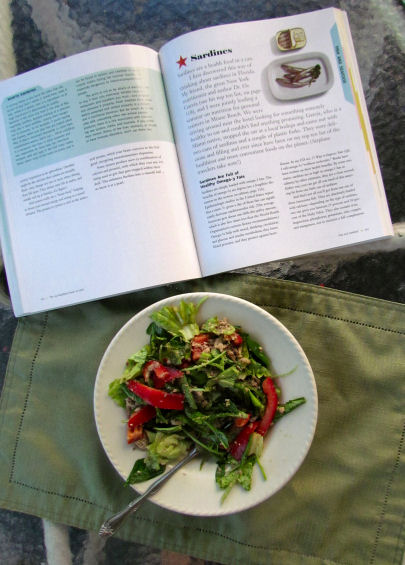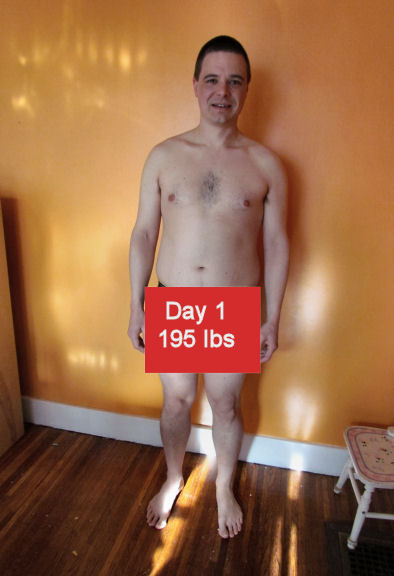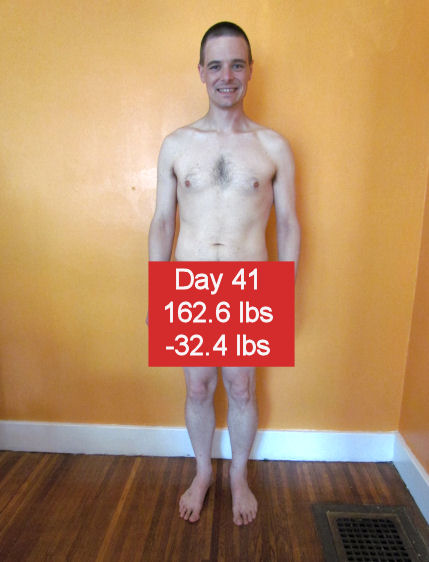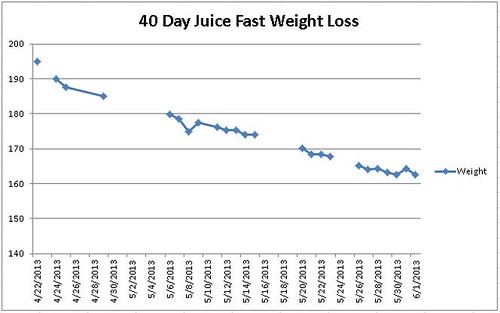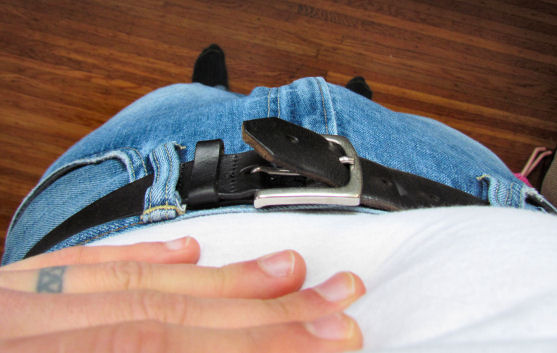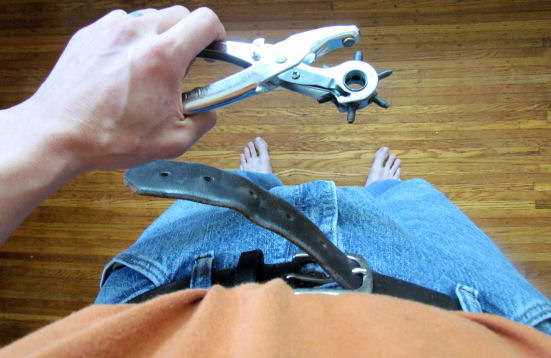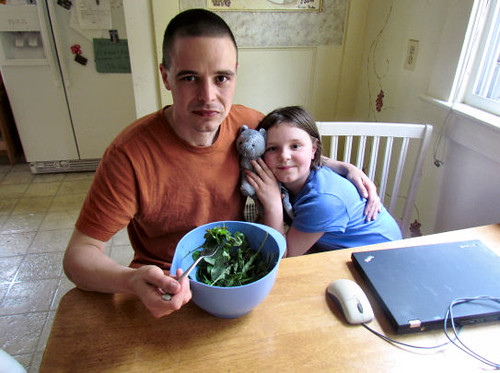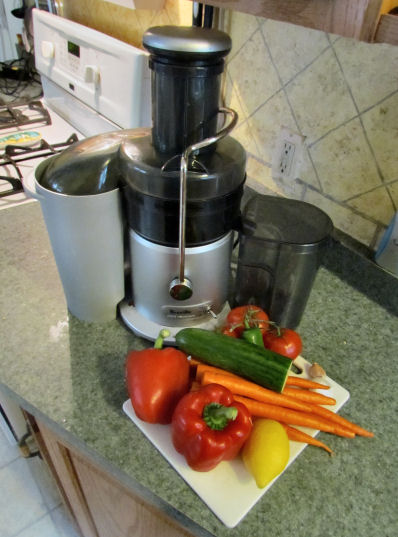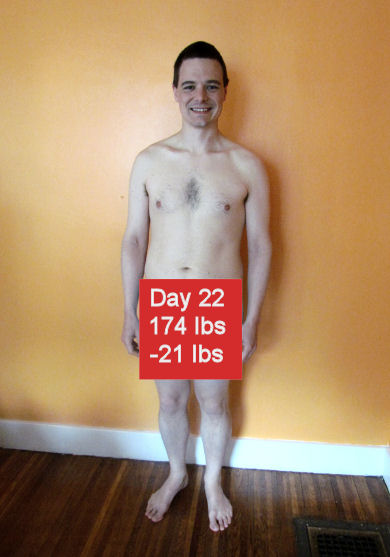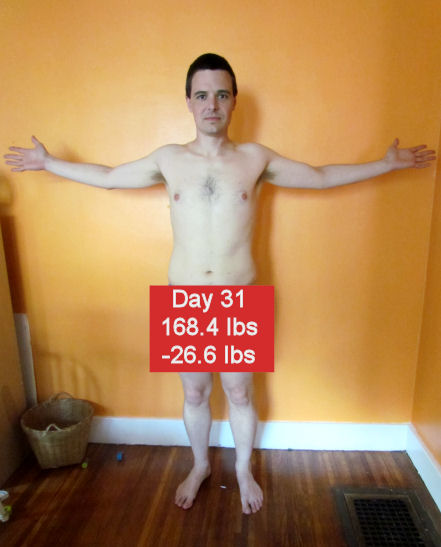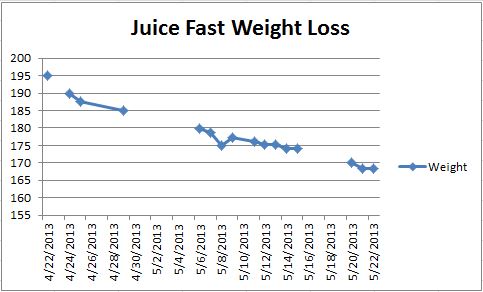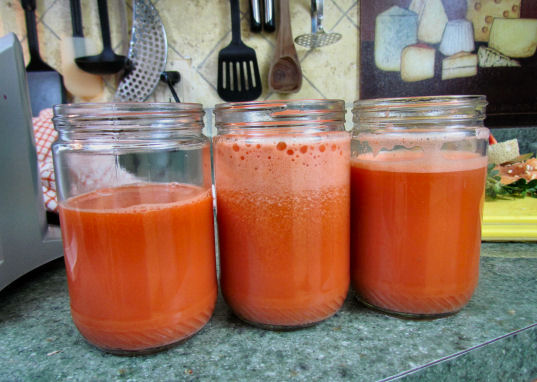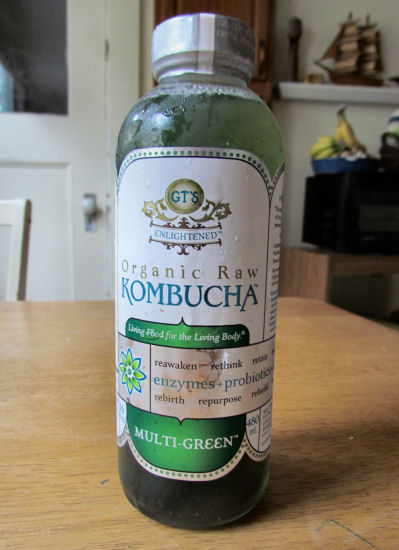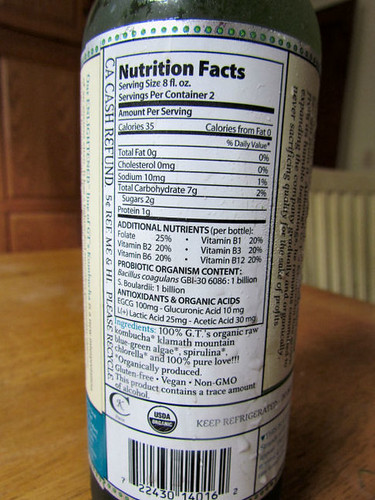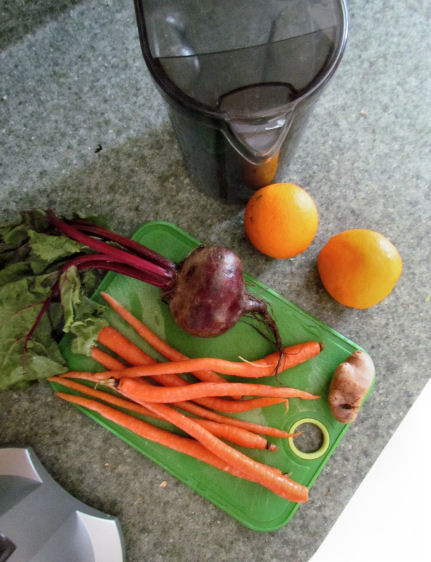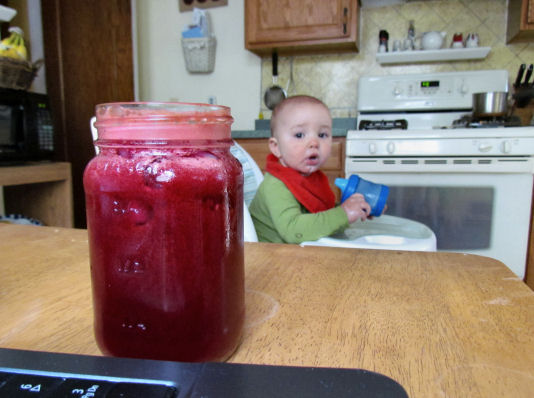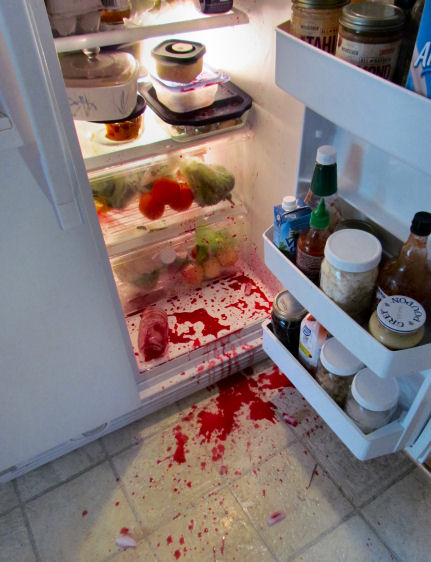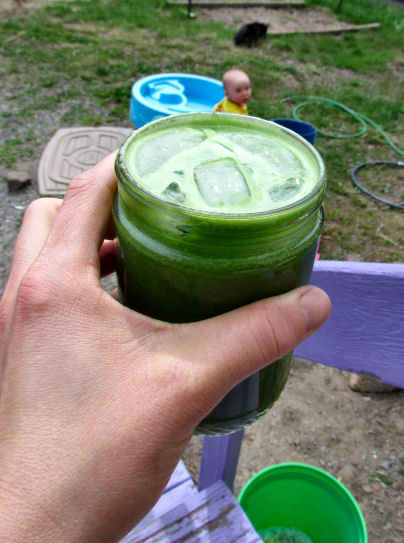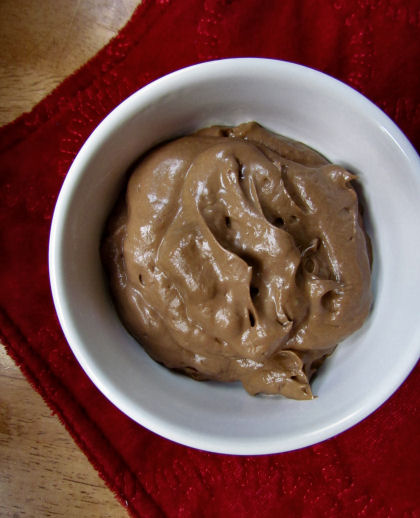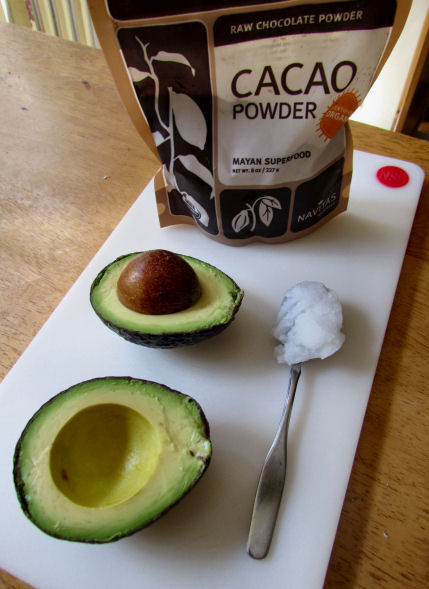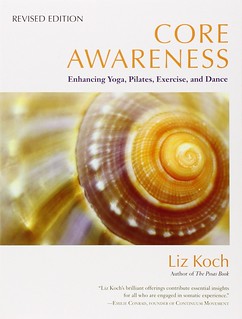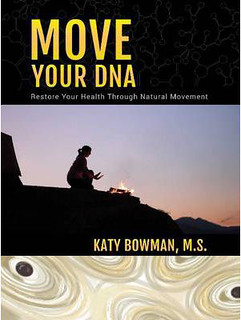You’ve probably heard about “The Fat Burning Zone” when it comes to exercise and cardio – I think it was the elliptical machine equipped with a heart rate monitor on the handle bars at my university fitness center that clued me in to this concept a dozen or so years ago.
Keep your heart rate between here and here and you’ll burn more fat!
Really? Sounds good to me! I’m ready to start burning fat! I’m ready to start burning so much fat that we set this place on fire!
But the “fat burning zone” never seemed to get me anywhere back then, and there was no explanation to these grand fat burning claims on the cardio equipment – so now what?
I won’t bore you again with my weight loss story (punch line: what you eat and the quality of your diet plays the biggest role in lasting weight loss) but for the first couple years after I lost 35 pounds in 2008 I probably worked out too much, largely out of fear of gaining the weight back if I didn’t. Exercising a lot leads to feeling hungry a lot, which makes it easy to over do it with food, even the healthy stuff. This can lead to feeling like you need to workout harder/longer tomorrow –> hungry, hungry, hungry, gimme gimme gimme carbs! I Want Sugar! –> cue more running –> head –> desk –> I cannot live like this.
It was Mark Sisson’s Case Against Cardio that first helped me make the connection that all of my running was why I was struggling with carb and sugar cravings, and often feeling like a bottomless pit when it came to hunger. Of course I was craving carbs and sugar! My muscles were demanding to be fed and my glycogen stores need to be stocked and ready for whatever insanity I was going to pull tomorrow. I eventually figured out that I didn’t have to workout for so long or run all the damn time in order to be fit, healthy and happy.
Fast forward to the present (what?) I just recently found myself in this running, carb craving madness cycle again after half marathon training this spring. Lots of running and increased mileage led to increased, annoyingly insatiable hunger and struggling with carb and sugar cravings. Fortunately I recognized what was going on a lot sooner this time, but I still turned to The Primal Blueprint for some help in getting myself and my carb cravings straightened out.
This is all to explain why I’ve been experimenting with heart rate training for about a month now. It’s working out so well that I’m excited to share what I’ve learned – especially for my fitness loving friends out there who might have a tendency to do over it when it comes to exercise.
How a Heart Rate Monitor Can Help
At first I thought “I’ll just run easy”, but my hunger levels didn’t really change. A quick check of my pulse at the end of a run about a month ago proved that I wasn’t running as easy as I thought I was. I clocked my heart rate the old fashioned way with my fingers and watch and found it upwards of 160 bpm. That’s nearly 85% of my maximum heart rate! Not anywhere near the 55 – 75% “fat burning zone” that Mark Sisson (and many others) recommend when it comes to burning fat as opposed to burning carbs for fuel. (If you burn a lot of sugar, you’ll crave a lot of sugar!)
I’ve been running with a heart rate monitor that pairs with my Garmin 405 for a few weeks now. It’s helped me see what pace I need to run to keep my heart rate in the “fat burning zone” – and it’s WAY slower than I ever would have guessed.
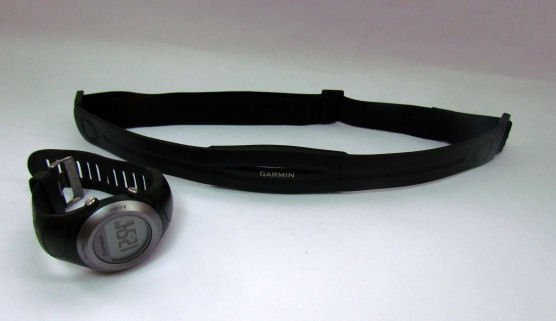
Not only have I been running slower, but running less too. In place of running I’ve been doing more walking, more yoga (and loving it!) and more easy bike riding.
The results so far? I’m definitely not battling carb cravings anymore – it’s actually a huge relief. And I’m really enjoying my low key approach to fitness right now as well.
Armed with this concept and my fun new gadget, I’ve been devouring books and websites for more details on the subject of Heart Rate Training and how to best apply it. Come to find out, getting rid of sugar cravings and reducing hunger isn’t the only good thing that can come from doing less cardio – targeted heart rate training can be helpful when it comes to achieving other goals like fat loss and improved running times as well.
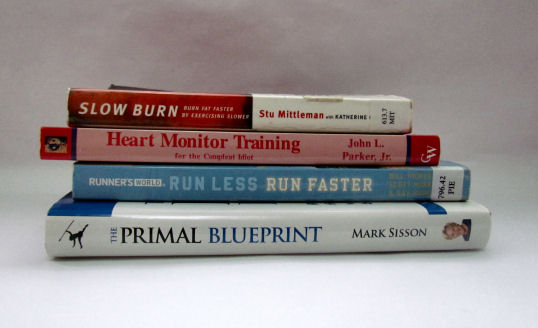
Getting Started
You can use this calculator to figure out your various target heart rates based on your age. I’ve been aiming to keep my heart rate between 100 and 140 beats per minute (bpm) on my easy running days. (As mentioned above, that’s 55 – 75% of my max heart rate.) With the heart rate monitor I have learned that my heart rate easily stays in the “fat burning zone” during bike rides, but I have to make a conscious effort to run slow enough to keep my heart rate there during runs.
And when I say slow, I mean S L O W. Like, OMG-I-Feel-Stupid-Running-Like-This slow. But it’s OK! It’s really good, I like it – and I especially like heading out the door knowing I’ve got a super easy, enjoyable workout ahead of me.
So is There Any Truth to This Fat Burning Zone Thing?
Many trustworthy sources say that there really is a “fat burning zone” when it comes to cardio – and low intensity is key. While it’s true that you burn more calories with high intensity exercise, a higher percentage of those calories come from glycogen in your muscles, and that burn comes at a price: needing to refuel with carbohydrates! You burn fewer calories when you work out at a lower intensity, but a larger percentage of those calories are coming from fat – which means you’ll skip the sugar cravings that your body sends to your brain to ensure you refill your glycogen stores.
This is what Stu Mittleman’s book – Slow Burn: Burn Fat Faster by Exercising Slower – is all about.
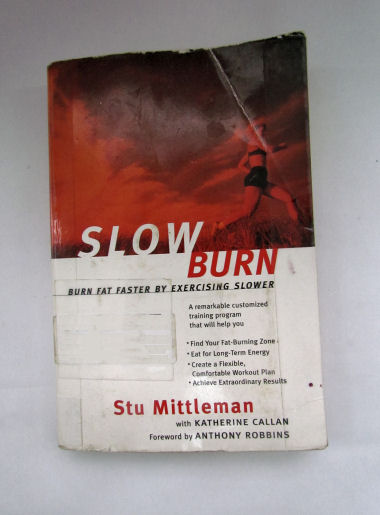
Slow Burn describes how slow, easy running trains your body to burn fat for fuel and why fat is a more efficient fuel source. Even if your body fat percentage is low – you’ve still got plenty of stored body fat to get you through a long work out – trust me. (Well, trust Stu.)
Stu explains that keeping your insulin levels low is the other key aspect to training your body to burn fat for fuel – this means (surprise!) eating less sugar, less grains and other refined carbohydrates. It means building your meals around protein, healthy fats, vegetables and low sugar fruits. This message is very much in line with the dietary guidelines of Mark Sisson, Dr. Catherine Shanahan in Deep Nutrition and The Paleo Solution by Robb Wolf (that I just finished reading and loved!) as well.
But what if you are an endurance athlete? Training your body to burn fat can be beneficial to you too.
Improved Running Times
As it turns out, most runners run too hard on their “easy” days. Says who? Well, says John Parker, the author of Heart Monitor Training for the Compleat Idiot. Another book with the same theme, Run Less, Run Faster from Runner’s World. Run Less, Run Faster prescribes three training runs a week with two days of cross training. One long (slow) run, one tempo run and one speed work session.
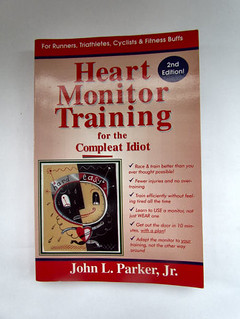

The underlying principles in both of these books is to explain that if you run every run hard (or even harder than you think you are) you will have nothing left in the tank to REALLY go hard on your fast days and get the most out of your training. Cutting back and running really easy (again, easier and slower than you might expect!) can allow you to make the most of harder training sessions like speed work and tempo runs – the workouts that help you run faster. These books agree that running slow helps teach your body to burn fat for fuel, and when your body gets really efficient at burning fat, you’re less likely to “bonk” on long runs because you’ve used up all of your muscle glycogen.
I’m not going to go into much detail in terms of the training plans outlined in each, but if you are looking to improve your speed and/or your endurance, these are two resources I recommend for further explanation and guidance with training plans for all levels of runners – from newbie to advanced. (I couldn’t find the Heart Monitor Training book at the library, so I bought it used on Amazon for $2 bucks!)
Other Benefits to Training with a Heart Rate Monitor
You don’t NEED a heart rate monitor to put these concepts into practice – but I’m really glad I bought one. It can help give you some new awareness when it comes to the intensity of your workouts. I find myself staying present and actually paying attention to what I’m doing, how I’m feeling and how hard I’m working. (Imagine that!) It’s been very freeing to realize you can do less cardio and work out at a lower intensity and still get the results you’re after.
My Approach
Before learning more about heart rate training, I was running 2 – 3 days a week, each run at my normal pace 4 – 6 miles, maybe throwing in a couple of sprints or speed work session once a month. Each summer since 2008 (with the exception of last summer with a newborn!) I have trained for some long distance race – either a half marathon or full marathon. This summer I plan to just play around with these ideas and chill the heck out.
My current weekly workout plan:
1 slow run (usually 30 – 45 minutes, 3.5 – 4 miles)
1 easy bike ride (40 minutes)
1 – 2 vinyasa yoga classes (often riding my bike to and from the studio for a nice warm up and cool down, 4 miles/20 minutes)
1 speed work session every 7 – 10 days when time and energy allows (that “energy” bit is important – I’m only doing speed work when I’m feeling really good!)
and/or 1 short Cross Fit style workout at home (I blame that damn Paleo book!)
This usually leaves me with 1 – 2 rest days per week, which typically ends up being an “active” rest day with a short, self-guided yoga session or a 30 – 60 minute walk. Kaz is currently loving rides in the jogging stroller, so I’m taking advantage of it!
What I Hope to Achieve
A faster 5K time! I ran a 5K in May and will be running another in August – I hope to see some improvement between now and then from my speed work. I’ll let you know how it plays out!
Fat loss! At nearly one year after baby (!!) I feel good about my level of fitness and mostly good about how I look in my clothes these days, but I wouldn’t mind leaning out a bit more. I do have a few pair of shorts that don’t fit quite as well as they did before Baby #3 and would really, really like to get back into them without calorie counting. (This is actually what I’ve been working on since last December – I feel like I’m finally figuring it out!)
To continue to feel good when it comes to hunger and food. I have no problem eating healthy and making good choices, but I don’t want constantly struggle with carb and sugar cravings! Clean eating helps with that, but I’m coming to really understand that less cardio is key too.
I expect to expand more on this topic over the summer months as things continue to progress and I have more experience to share.
Any other heart rate monitor users out there? Are you a former cardio junkie who’s had good results cutting back on your workouts? Any advice, links or words of wisdom to share with the rest of us?

